If you like butterscotch flavor, you are going to love this Butterscotch Cake! With tender and fluffy vanilla butterscotch cake layers, creamy and sweet buttercream, and homemade butterscotch sauce drizzle, this impressive layer cake makes for a dreamy old-fashioned flavored dessert everyone will love.
Though this recipe does call for a handful of steps, I guide you through each one with my pro tips and process shots, making the process enjoyable and the result rewarding. This is the perfect baking recipe for an enjoyable afternoon of baking in the kitchen. Also, since this recipe feeds a crowd, it’s a fantastic pick for parties, potlucks, holiday gathers, and more. For more layer cake recipes, check out my chocolate cake recipe, snickerdoodle cake recipe, and butter pecan cake recipe.
What You Need to Make This Recipe
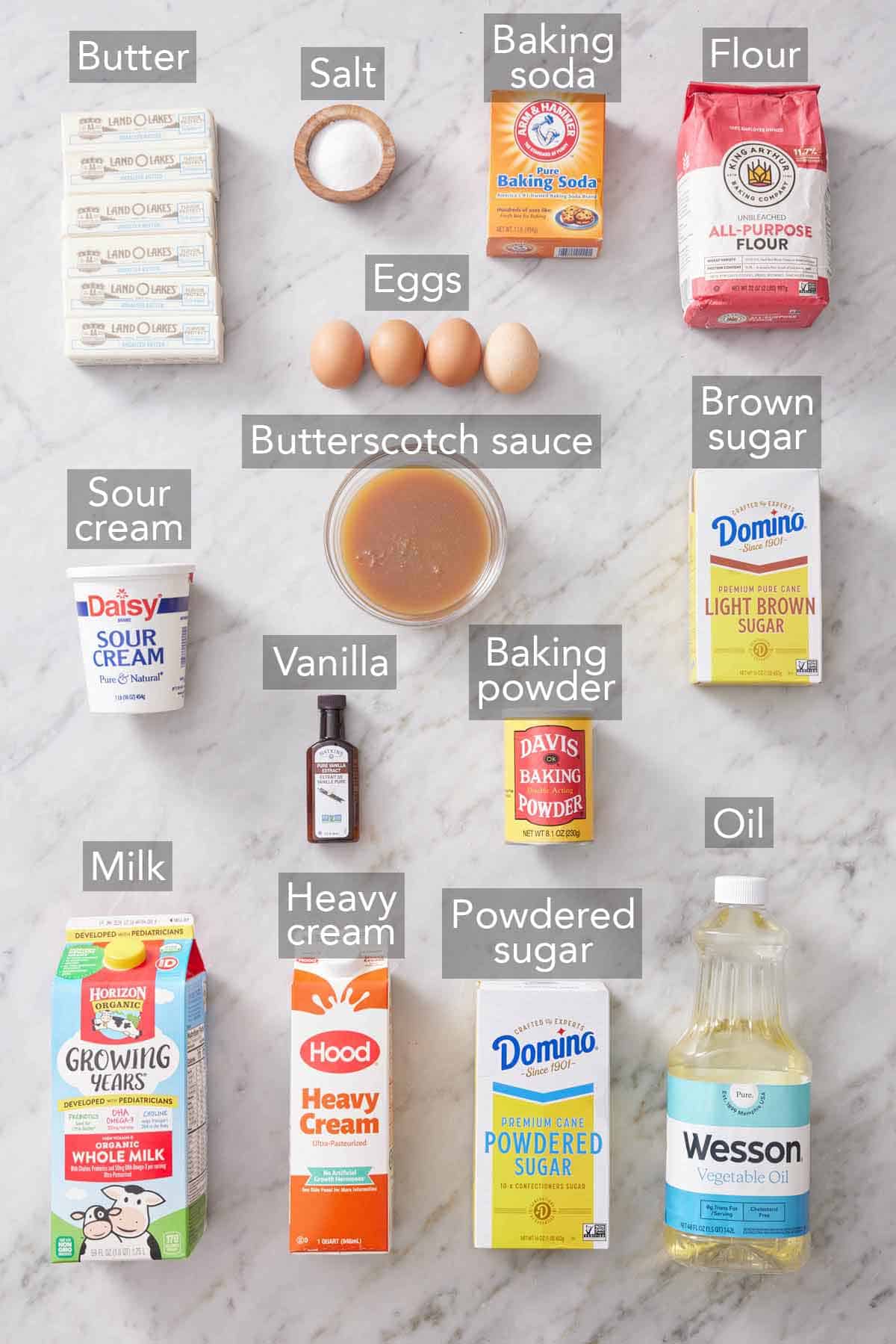
Light brown sugar – for the perfect caramel and molasses flavors, measure the brown sugar by packing it tightly in the measuring cups. Soft and moist brown sugar is the easiest to measure; see my post on how to soften brown sugar if your sugar is too hard or dry. You can use dark brown sugar for a richer molasses flavor.
Large Eggs – bring the eggs to room temperature before starting on the recipe for a perfectly risen cake, as the eggs mix best and help the cake batter rise better when they are not cold.
Sour Cream – use full-fat sour cream for the best flavor and the most tender crumb. Bring it to room temperature before starting on the cake.
Vegetable oil – choose a neutral baking vegetable oil or canola oil.
Milk – opt for whole milk for a rich sponge. 2% or 1% can work in a pinch, but skim or non-fat milk won’t have the necessary milk fat for success.
Heavy Cream – also known as heavy whipping cream, heavy cream is an integral part of the butterscotch sauce. You will also need 2 tablespoons of it for the buttercream frosting.
Powdered Sugar – for the most accurate measurement, spoon the sugar into measuring cups and level off when measuring. or weigh it on a food scale. You can also whip in an extra teaspoon or two of heavy cream if the frosting is too thick after adding the sugar, however.
How to Make Butterscotch Cake

1. Preheat the oven to 350°F. Grease three (8-inch) round cake pans with baking spray with flour. In a large bowl, whisk together the all-purpose flour, baking soda, baking powder, and salt until combined.
2. In the large mixing bowl of a stand mixer fitted with the paddle attachment, cream the butter and sugar together until light and fluffy, about 3 minutes. Add the eggs, one at a time, stopping and scraping down the bowl between additions. Beat in the vanilla.
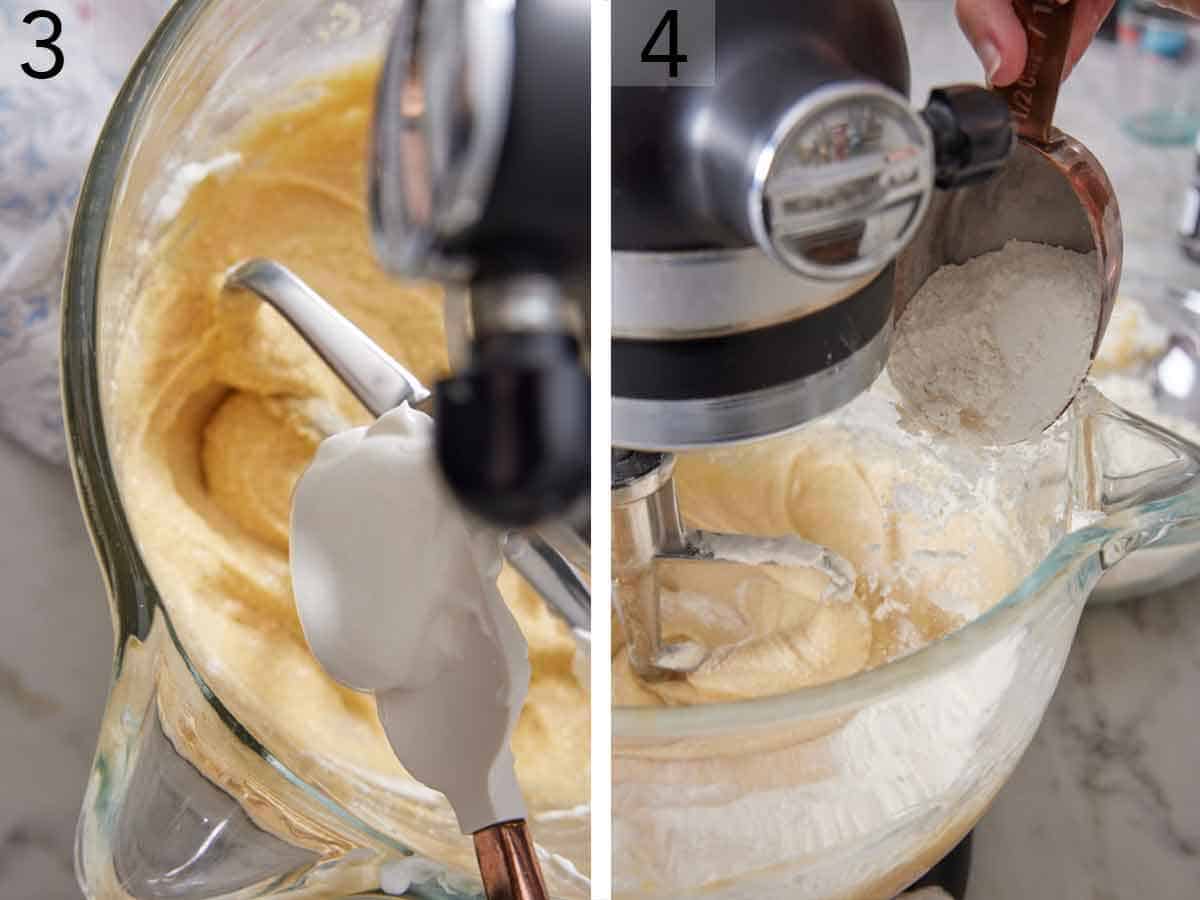
3. With the mixer on low speed, add the sour cream and oil and beat until just combined.
4. Add a third of the flour mixture, followed by half of the milk. Repeat, alternating between the dry ingredients and milk until both are fully incorporated. Scrape down the bowl occasionally.
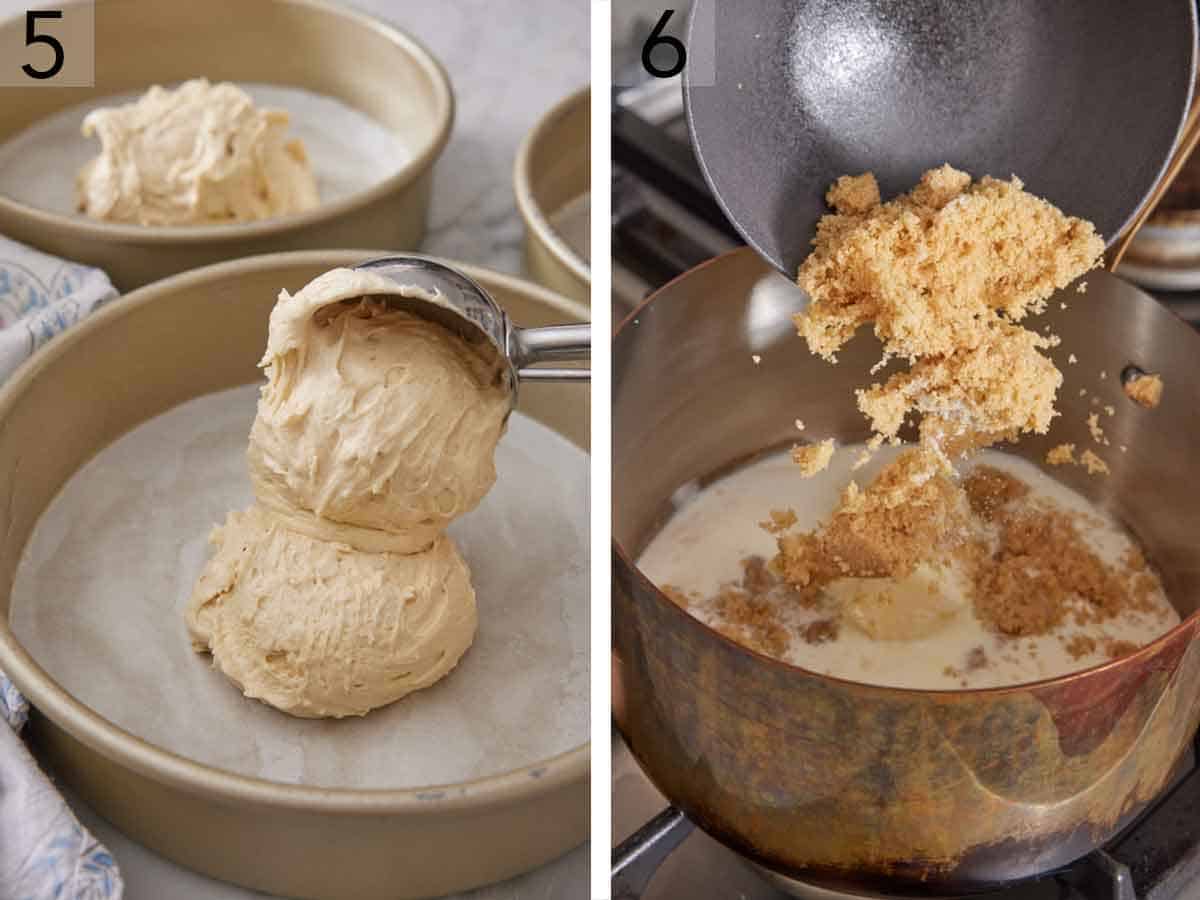
5. Divide the batter among the prepared pans. Bake for 20 to 25 minutes, or until a wooden pick inserted into the center comes out with just a few crumbs. Let the cakes cool for 20 minutes in the pans, invert them onto a wire cooling rack, and cool completely.
6. In a medium saucepan, combine all of the sauce ingredients, and bring to a boil over medium heat, stirring occasionally.
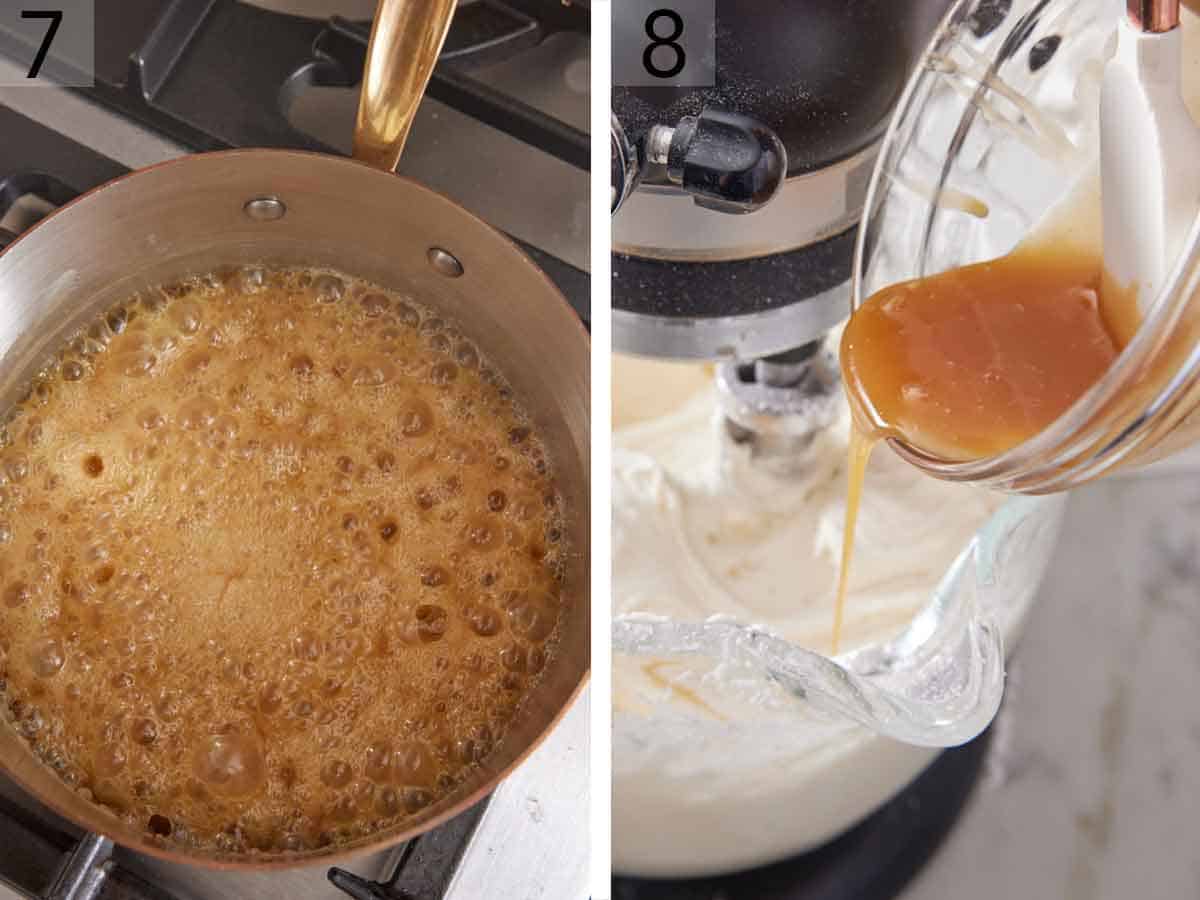
7. Once boiling, cook until the sauce is a light amber color. Remove the butterscotch sauce from the heat and cool completely before using.
8. In the bowl of a stand mixer fitted with the paddle attachment, beat the butter, vanilla extract, and salt together on medium-high speed until the butter is light and easily spreadable, about 5 minutes. With the mixer on low, gradually add the sugar, until fully combined. Add a drizzle of heavy cream occasionally, and stop to scrape down the bowl a few times. Add the butterscotch sauce and beat at medium-high until light and fluffy, about 1 minute.

9. Place 1 cup of frosting in a piping bag fitted with a star tip. Set aside. Place one cooled cake layer on a cake stand and spread ¾ cup of frosting over the top with an offset spatula. Place another cake layer on top and spread another ¾ cup of frosting on top.
10. Top with the remaining cake layer, and spread the remaining frosting over the top and sides of the cake. Spread the remaining butterscotch sauce over the top of the cake, letting the sauce drip off the sides slightly. Pipe decorations on the top edge of the cake with the reserved frosting. Chill for 30 minutes before slicing.
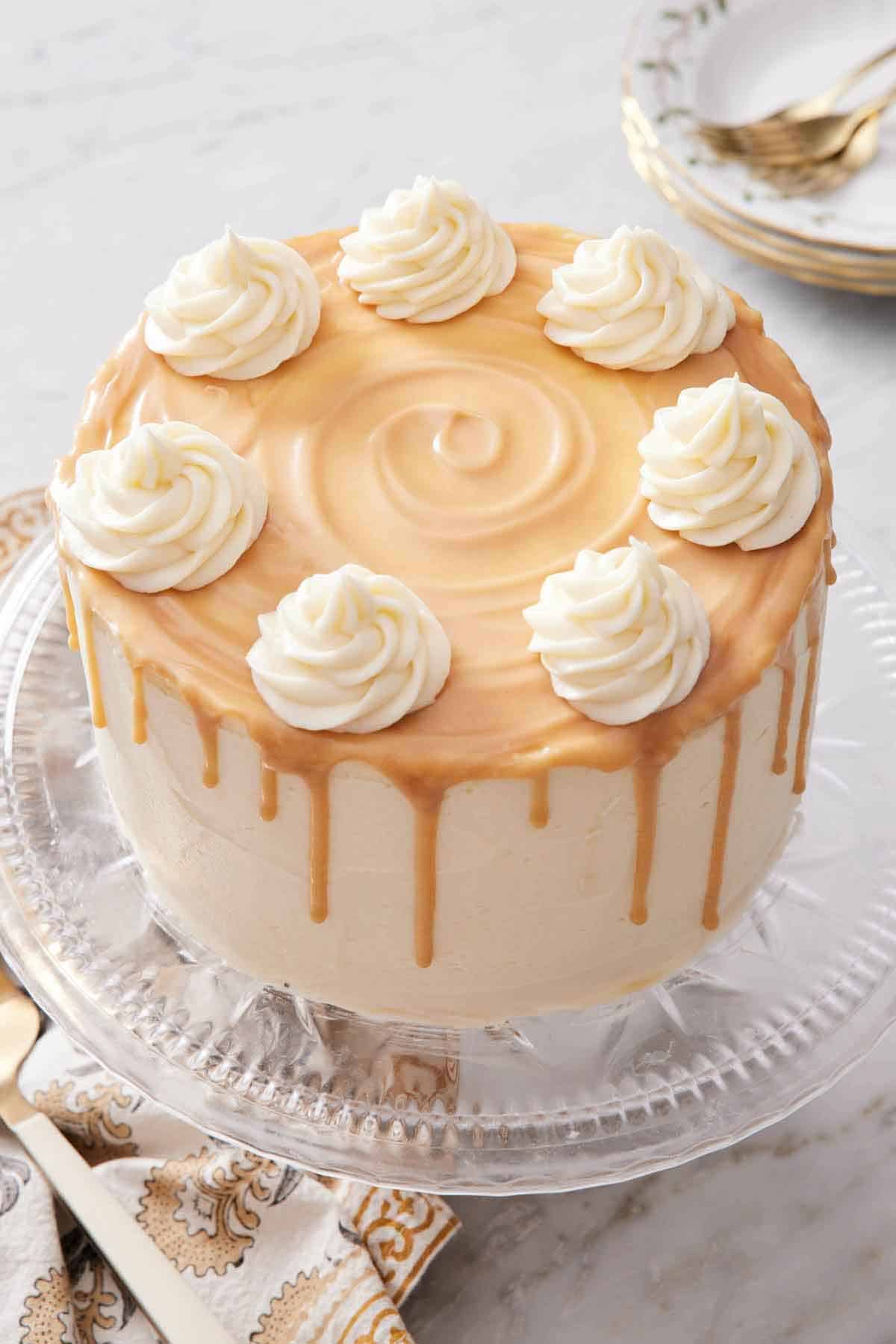
Pro Tips For Making This Recipe
- Use room temperature dairy and eggs in the cake batter. Room temperature dairy and eggs emulsify and blend better, resulting in a tender and light crumb. For the best results, bring the ingredients to room temperature 1-2 hours before starting on the recipe.
- Prepare the pan. Spray the pans with nonstick cooking spray and sprinkle with flour or line them with parchment circles. You can also spray the pans with baker’s spray.
- Alternate flour and wet ingredient additions. Adding it all in at once can overdevelop the gluten and result in a tough and heavy cake. Instead, alternate adding the flour and milk to the cake batter for the lightest sponge.
- Make the butterscotch sauce while the cake bakes. This way, the sauce and the cake can cool at the same time, saving you time.
- Cool the cakes completely before frosting. Keep the frosting from melting by waiting to frost until the layers of cake are completely cooled. To speed up the chilling process, move the warm cake layers to the refrigerator or freezer until they are cool to the touch, but not frozen. This will be for about 30 minutes to 1 hour in the refrigerator or 15-30 minutes in the freezer.
- Only stir part of the butterscotch sauce into the frosting. Whip just 3 tablespoons of the cooled butterscotch sauce into the frosting. The remaining sauce will get drizzled over the top of the cake.
- Optional: wrap the cake pans in fabric cake strips. For flat and tender cake layers that you don’t have to trim, wrap the cake pans with water-soaked fabric cake strips before baking.
- Optional: do a crumb coating. To prevent cake crumbs in the frosting, apply a crumb coat. After you have stacked the cake layers, spread just enough frosting over the cake to cover it (don’t worry if the cake or crumbles are still peaking through!). Refrigerate the crumb-coated cake for 30 minutes to let the crumb coat set before applying the rest of the frosting.

Frequently Asked Questions
Store the decorated butterscotch cake covered in an airtight container at room temperature for up to 5 days. Bring the cake to room temperature for 30 minutes before serving. It can also be frozen in a freezer-safe container for up to 3 months. For the best freezing results, freeze the cake on a parchment paper-lined baking sheet for 1-2 hours, or until the frosting has hardened. Then, wrap it well in plastic wrap before sealing it up in aluminum foil and freezing.
Serve slices of this decadent cake with a cup of hot coffee or tea, hot chocolate, or a hot toddy. Make a complete dessert spread for birthday parties, baby or wedding showers, Easter, and more by serving this cake with snickerdoodles, chess pie, and homemade turtles.
This butterscotch cake can easily be made ahead of time. Bake the cake layers, cool them, and freeze them in freezer-safe containers for up to 3 months ahead of time. Defrost the cakes at room temperature for 1-2 hours, or until thawed through before frosting. The butterscotch sauce can be made up to 3 days ahead of time.
Make the sauce according to the recipe directions and store it covered in the refrigerator until ready to assemble. You can add the chilled sauce to the buttercream without warming, but if the cooled sauce is too thick to drizzle over the cake it can be warmed up in the microwave in 3-second intervals until it has a spreadable consistency.
If you’ve tried this butterscotch cake recipe, then don’t forget to rate the recipe and let me know how you got on in the comments below, I love hearing from you!
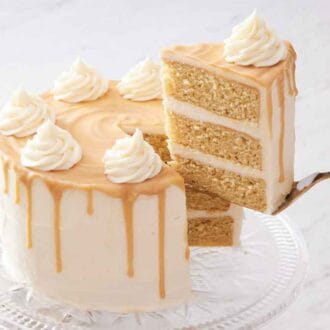
Butterscotch Cake
Ingredients
For the Cake:
- 3¼ cups all-purpose flour (390g)
- ¾ teaspoon baking soda
- ½ teaspoon baking powder
- ½ teaspoon salt
- ¾ cup unsalted butter softened (170g)
- 1½ cups packed light brown sugar (330g)
- 4 large eggs room temperature
- 1 tablespoon vanilla extract
- ⅓ cup sour cream room temperature (80g)
- ¼ cup vegetable oil (60ml)
- ½ cup milk room temperature (120ml)
For the Butterscotch Sauce:
- ¼ cup unsalted butter cubed (56g)
- ½ cup packed light brown sugar (110g)
- ½ cup heavy cream (120ml)
- 1 teaspoon vanilla extract
- ½ teaspoon salt
For the Frosting:
- 2 cups unsalted butter softened (454g)
- 1 tablespoon vanilla extract
- ½ teaspoon salt
- 12 cups powdered sugar (1,440g)
- 2 tablespoons heavy cream
- 3 tablespoon Butterscotch Sauce
Instructions
For the Cake:
- Preheat the oven to 350°F. Grease three (8-inch) round cake pans with baking spray with flour.
- In a large bowl, whisk together the flour, baking soda, baking powder, and salt until combined.
- In a medium mixing bowl or the bowl of a stand mixer fitted with the paddle attachment, cream the butter and sugar together until light and fluffy, about 3 minutes. Add the eggs, one at a time, stopping and scraping down the bowl between additions. Beat each until well combined. Beat in the vanilla.
- With the mixer on low speed, add the sour cream and oil and beat until just combined. Add a third of the flour mixture, followed by half of the milk. Repeat, alternating between the flour and milk until both are fully incorporated. Stop and scrape down the bowl occasionally. Divide the batter among the prepared pans.
- Bake for 20 to 25 minutes, or until a wooden pick inserted into the center comes out with just a few crumbs. Let the cakes cool for 20 minutes in the pans, then invert them onto a wire cooling rack and cool completely.
For the Butterscotch Sauce:
- In a medium saucepan, combine all of the sauce ingredients, and bring to a boil over medium heat, stirring occasionally. Once boiling, cook until the sauce is light amber in color, then remove from the heat and cool completely before using. (I like to make the sauce while the cake bakes so they can cool at the same time.)
For the Frosting:
- In a large mixing bowl or the bowl of a stand mixer fitted with the paddle attachment, beat the butter, vanilla, and salt together on medium-high speed until the butter is light and easily spreadable, about 5 minutes. With the mixer on low speed gradually add the sugar, until fully combined. Add a drizzle of cream occasionally, and stop to scrape down the bowl a few times during mixing. Add the butterscotch sauce and beat at medium-high until light and fluffy, about 1 minute.
For the Assembly:
- Place 1 cup of frosting in a piping bag fitted with a star tip. Set aside.
- Place one cooled cake layer on a cake stand or serving plate. Spread ¾ cup of frosting over the top all the way to the edge. Place another cake layer on top and spread another ¾ cup of frosting over the top of the cake layer. Top with the remaining cake layer and spread the remaining frosting over the top and sides of the cake.
- Spread the remaining butterscotch over the top of the cake, letting the sauce drip off the sides slightly. Pipe decorations on the top edge of the cake with the reserved frosting. Chill for 30 minutes to set the frosting before slicing. Store the cake covered and at room temperature for up to 5 days.
Notes
- Use room temperature dairy and eggs in the cake batter. Room temperature dairy and eggs emulsify and blend better, resulting in a tender and light crumb. For the best results, bring the ingredients to room temperature 1-2 hours before starting on the recipe.
- Prepare the pan. Spray the pans with nonstick cooking spray and sprinkle with flour or line them with parchment circles. You can also spray the pans with baker’s spray.
- Alternate flour and wet ingredient additions. Adding it all in at once can overdevelop the gluten and result in a tough and heavy cake. Instead, alternate adding the flour and milk to the cake batter for the lightest sponge.
- Make the butterscotch sauce while the cake bakes. This way, the sauce and the cake can cool at the same time, saving you time.
- Cool the cakes completely before frosting. Keep the frosting from melting by waiting to frost until the layers of cake are completely cooled. To speed up the chilling process, move the warm cake layers to the refrigerator or freezer until they are cool to the touch, but not frozen. This will be for about 30 minutes to 1 hour in the refrigerator or 15-30 minutes in the freezer.
- Only stir part of the butterscotch sauce into the frosting. Whip just 3 tablespoons of the cooled butterscotch sauce into the frosting. The remaining sauce will get drizzled over the top of the cake.
- Optional: wrap the cake pans in fabric cake strips. For flat and tender cake layers that you don’t have to trim, wrap the cake pans with water-soaked fabric cake strips before baking.
- Optional: do a crumb coating. To prevent cake crumbs in the frosting, apply a crumb coat. After you have stacked the cake layers, spread just enough frosting over the cake to cover it (don’t worry if the cake or crumbles are still peaking through!). Refrigerate the crumb-coated cake for 30 minutes to let the crumb coat set before applying the rest of the frosting.



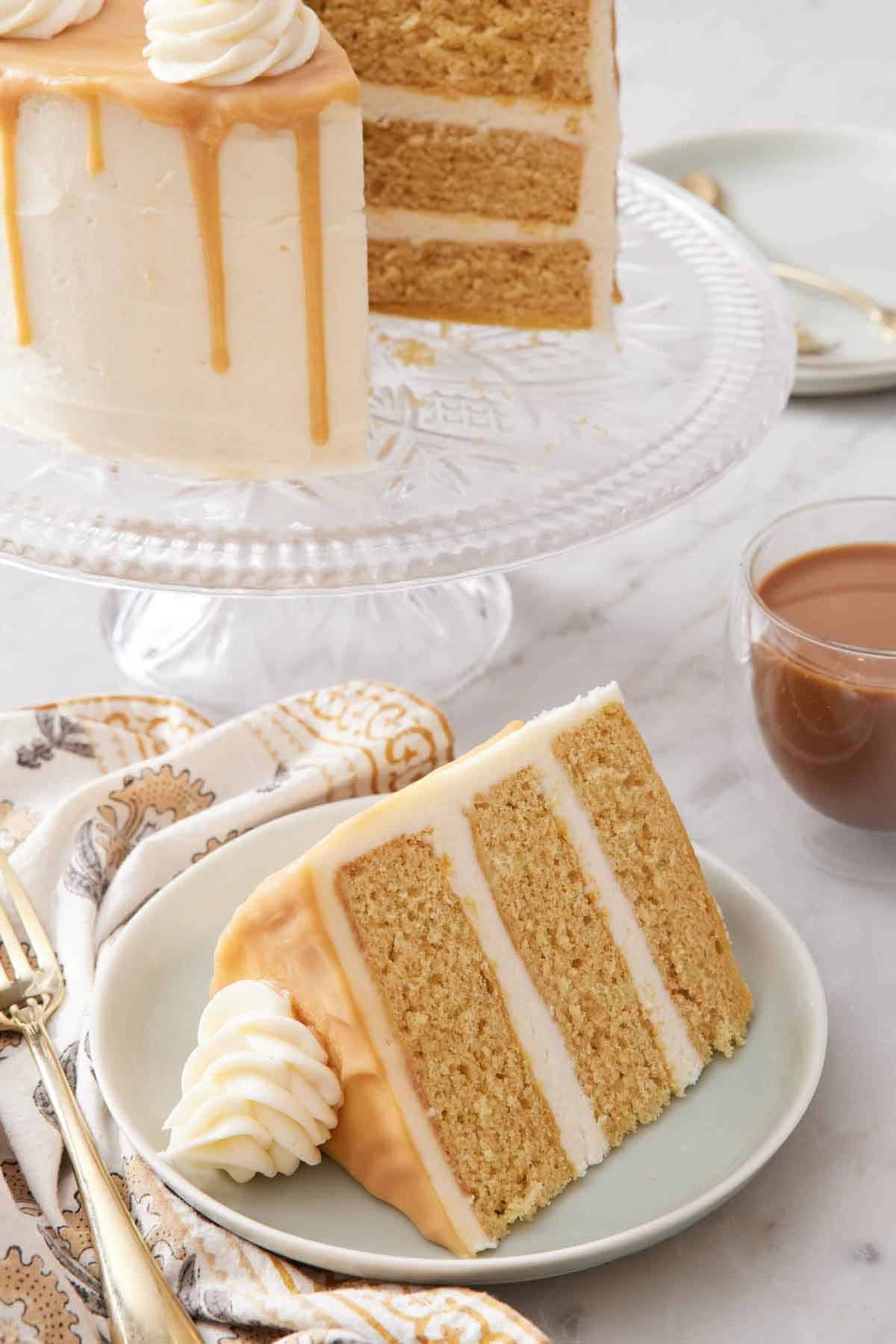
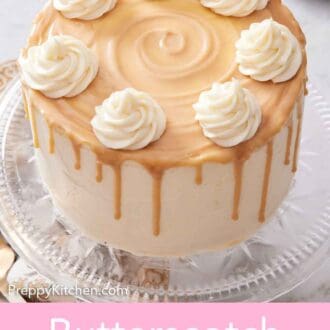
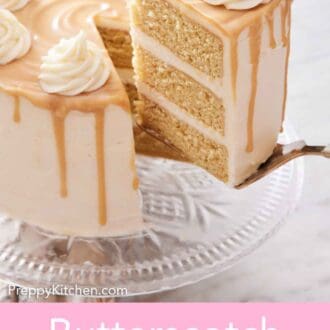
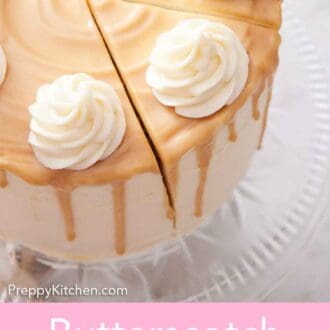

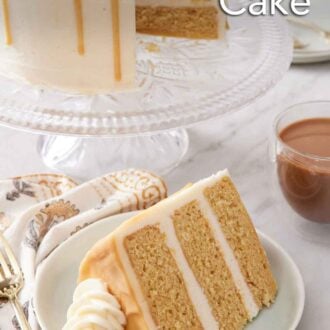
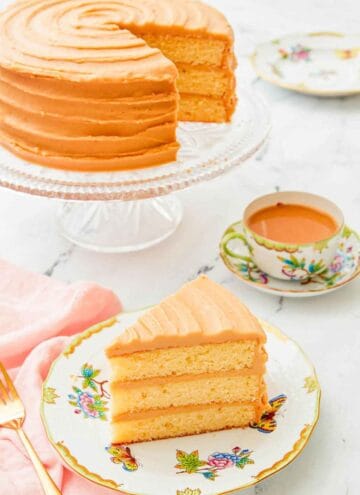
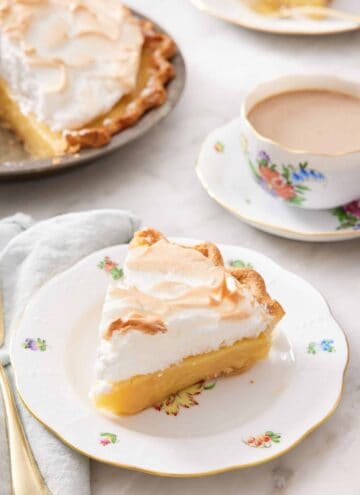
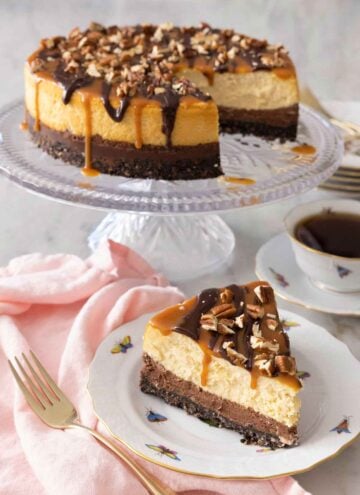
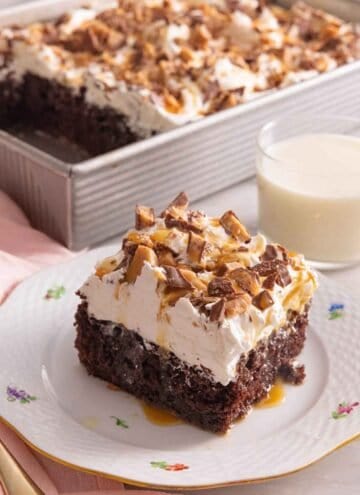

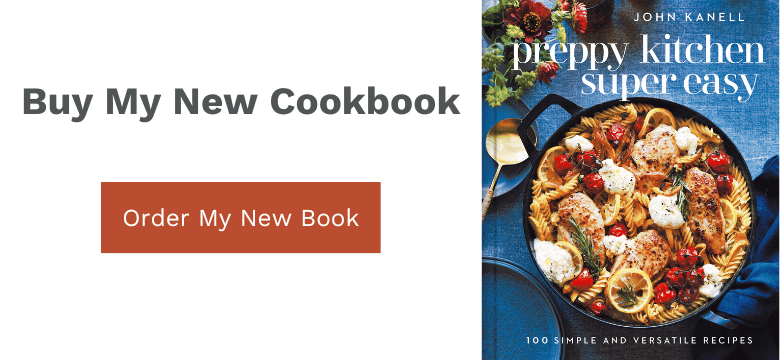
Leave a Reply